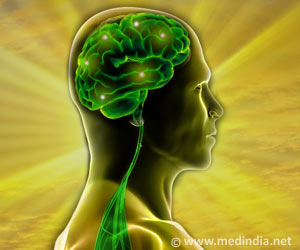Hence, the team was set to test the different time scales to anticipate when the brain fingerprints appear.
Brain’s Fingerprint
“My research examines networks and connections within the brain, and especially the links between the different areas, in order to gain greater insight into how things work. We do this largely using MRI scans, which measure brain activity over a given time period. All the information we need is in these graphs that are commonly known as “functional brain connectomes”. The connectome is a map of the neural network. They inform us about what subjects were doing during their MRI scan – if they were resting or performing some other tasks, for example. Our connectomes change based on what activity was being carried out and what parts of the brain were being used,” says Enrico Amico, a scientist and SNSF Ambizione Fellow at EPFL’s Medical Image Processing Laboratory and the EPFL Center for Neuroprosthetics.
Brain connectomes are generated by processing the MRI scanned images to generate colorful matrices or graphs that summarize the brain activity of a subject.
It was found that seven seconds was not long enough to detect useful data, but that around 1 minute and 40 seconds was. The team affirmed that the amount of information required for a brain fingerprint to unfold might be achievable over very short periods.
This portrays the feasibility of a shorter time scale and thus eliminates the need for an MRI that measures brain activity for five minutes.
Time Scale & Feasibility
In addition, the study also proves that the fastest brain fingerprints start to appear from the sensory areas of the brain, and particularly the areas related to eye movement, visual perception, and visual attention. Moreover, more complex cognitive functions including frontal cortex regions are revealed as time goes by.
“Based on my initial findings, it seems that the features that make a brain fingerprint unique steadily disappear as the disease (Alzheimer’s disease) progresses. It gets harder to identify people based on their connectomes. It is as if a person with Alzheimer’s loses his or her brain identity. This is just another little step towards understanding what makes our brains unique: the opportunities that this insight might create are limitless,” says, Amico.
Hence, the study highlights the potential applications of the brain’s fingerprint in early detection of neurological conditions where brain fingerprints disappear.
Source: Medindia



